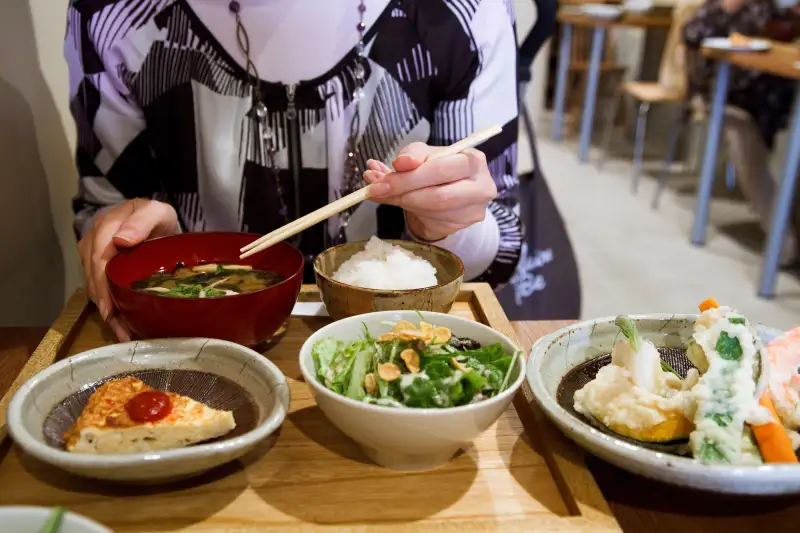This Is the Hottest Menu Item In America Right Now

Forget quinoa. America has a new favorite food. And, yes, it's fried.
Tempura, a stalwart menu item at Japanese restaurants, is the hottest appetizer at America's so-called fast-casual restaurants, according to a recent report by food industry researcher Datassential. The dish -- which traditionally consists of lightly-battered and fried seafood or vegetables -- beat out other trendy items like quinoa and Brussels sprouts in terms of menu growth last year.
"Fast casual" is the term the dining industry uses for a wide swath of restaurants like Chipotle and Noodles & Co. that are quick and ubiquitous but seen as a viewed as a cut above fast food in terms of cost and quality. If the specialty isn't on the menu at your favorite eatery yet, there's a good chance it will be soon.
Tempura is listed on just 3.7% of fast-casual restaurant menus, according to the report, but it appeared on nearly 400% more fast-casual menus in 2017 than it did in 2013. The availability of favorites like quinoa and Brussels sprouts, for comparison, grew only about 130% over the same four year period. (Datassential ranks what diners might consider appetizers and side-dishes together.)
So, are more Japanese fast-casual restaurants opening, or are chefs at non-Japanese eateries incorporating more tempura techniques? Both are likely explanations for the uptick in popularity, says Jackie Rodriguez, Datassential senior project manager.
"Tempura fits really nicely into the fast-casual segment because it does bring something new and different," Rodriguez says. "It definitely is a difference from the old fried zucchini sticks."
The dish also appears to appeal to health-conscious consumers in ways other deep-fried foods do not, Rodriguez adds. "Because the batter is a lot lighter, there may be this perception that [tempura] is not quite as heavy as a beer-based batter," she says. "There may be that perception that it’s healthier."
Tempura might be growing in popularity right now, but it's not a new food by any means. The dish's roots can be traced back to the 16th century, when Portuguese sailors brought a battered green bean recipe to the Japanese island of Tanegashima, according to the BBC. Japanese cooks adapted the dish to seafood and other vegetables, creating the tempura we know today.